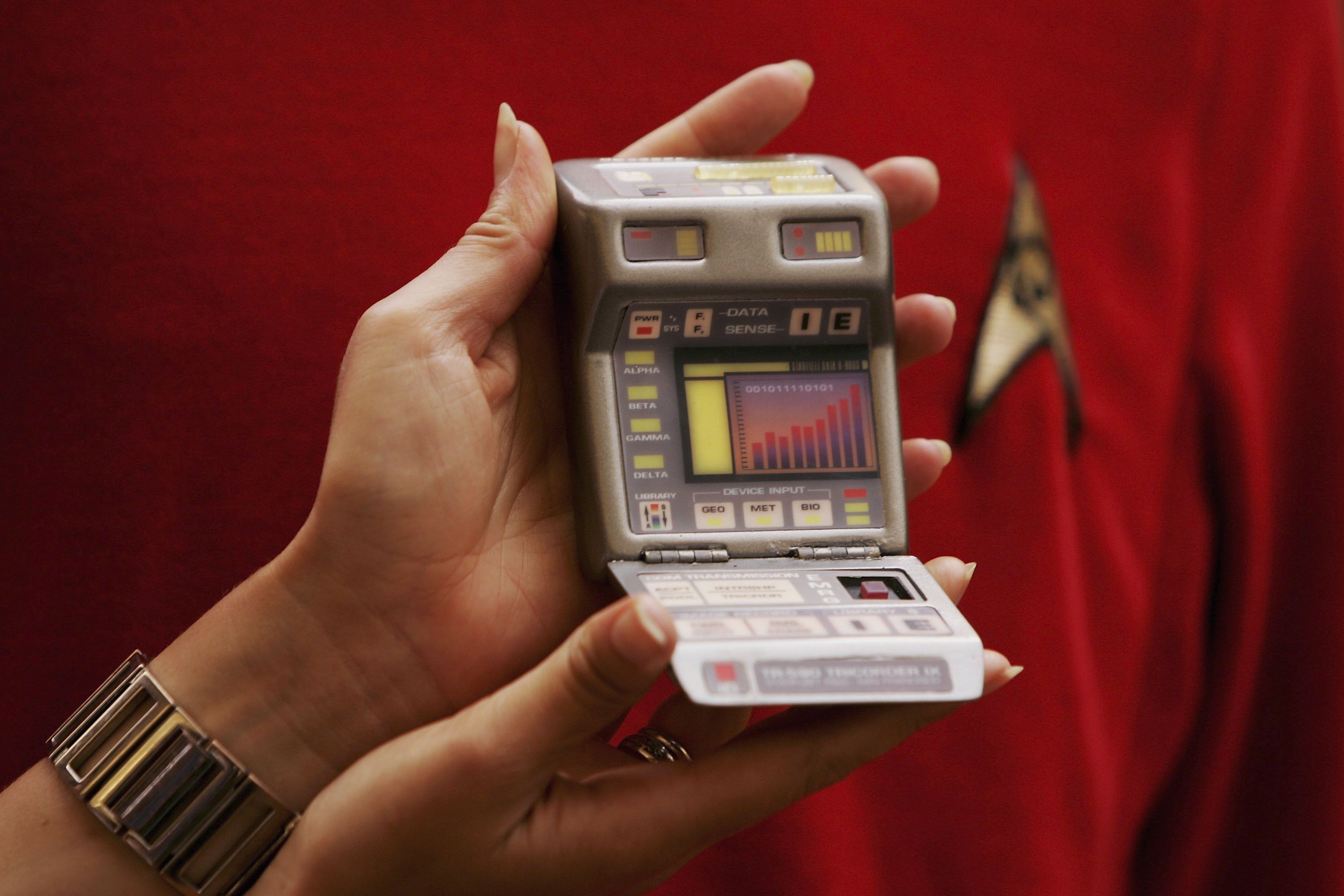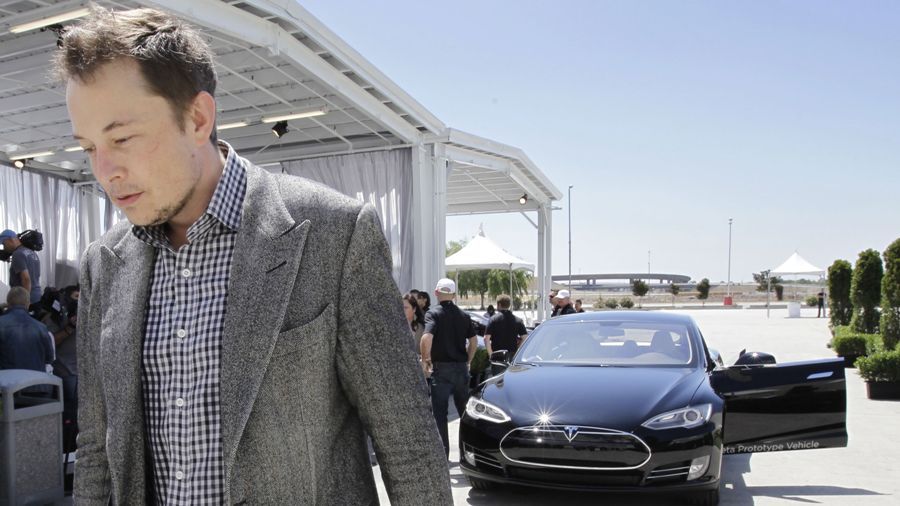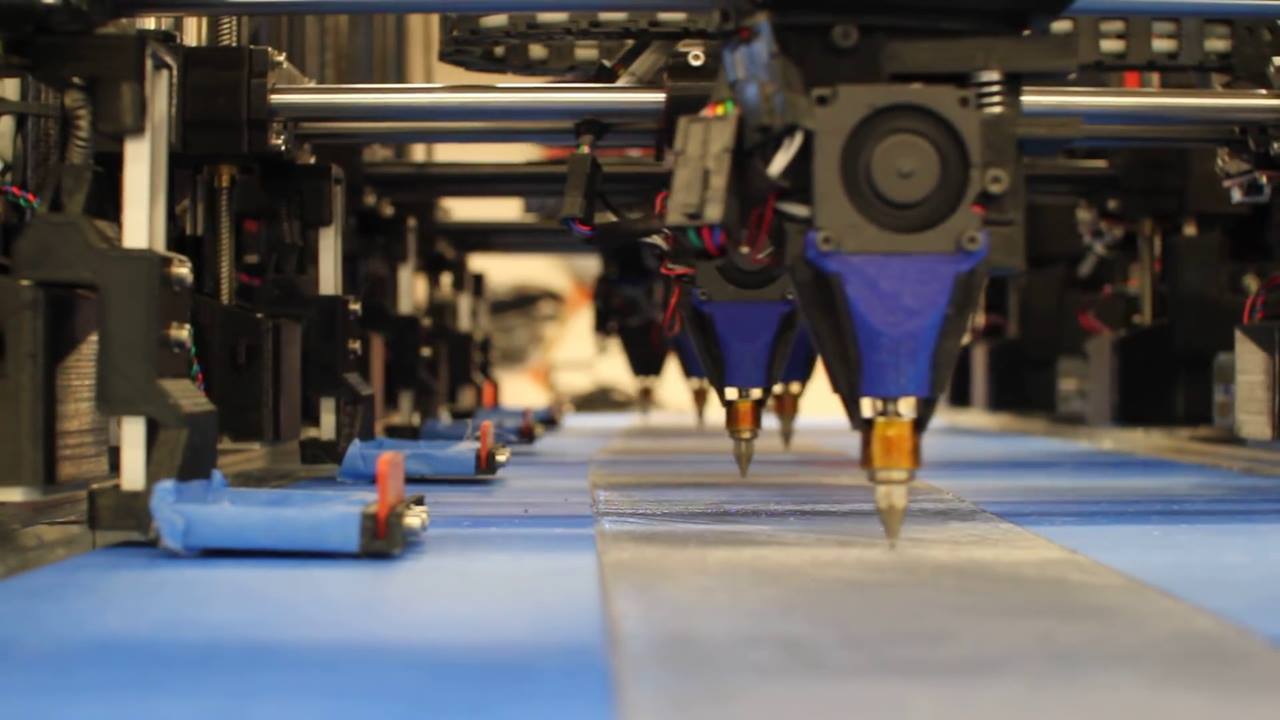Page 10880
Jun 6, 2016
Applications of Nanoparticle Tracking Analysis in Nanomedicine
Posted by Karen Hurst in categories: nanotechnology, quantum physics
Since 2001, I have worked, experimented, and researched in parallel tech and bio/medical technology space. I did this because I could see that at some point that these two fields would eventually overlap and eventually merge in many areas. Today, we’re already see the duplicated use of technology in both the medical/ life sciences and the same technology used to advance the technology in general such as Quantum tech, nanotech, etc. Here is another example of this trend.
Sponsored Content by Malvern Instruments Ltd
Introduction
Continue reading “Applications of Nanoparticle Tracking Analysis in Nanomedicine” »
Jun 6, 2016
Tiny lasers on silicon means big things for electronics
Posted by Karen Hurst in categories: computing, electronics, nanotechnology, quantum physics, solar power, sustainability
Silicon forms the basis of everything from solar cells to the integrated circuits at the heart of our modern electronic gadgets. However the laser, one of the most ubiquitous of all electronic devices today, has long been one component unable to be successfully replicated in this material. Now researchers have found a way to create microscopically-small lasers directly from silicon, unlocking the possibilities of direct integration of photonics on silicon and taking a significant step towards light-based computers.
Whilst there has been a range of microminiature lasers incorporated directly into silicon over the years, including melding germanium-tin lasers with a silicon substrate and using gallium-arsenide (GaAs) to grow laser nanowires, these methods have involved compromise. With the new method, though, an international team of researchers has integrated sub-wavelength cavities, the basic components of their minuscule lasers, directly onto the silicon itself.
To help achieve this, a team of collaborating scientists from Hong Kong University of Science and Technology, the University of California, Santa Barbara, Sandia National Laboratories and Harvard University, first had to find a way to refine silicon crystal lattices so that their inherent defects were reduced significantly enough to match the smooth properties found in GaAs substrate lasers. They did this by etching nano-patterns directly onto the silicon to confine the defects and ensure the necessary quantum confinement of electrons within quantum dots grown on this template.
Jun 6, 2016
Google misfires as it aims to turn Star Trek fiction into reality
Posted by Klaus Baldauf in category: futurism
Three signature projects being pursued by Verily, Google’s life sciences startup, are plagued by serious scientific challenges, STAT has found.
Jun 6, 2016
Elon Musk: We Are Less Than Two Years From Complete Car Autonomy
Posted by Shailesh Prasad in categories: Elon Musk, robotics/AI, sustainability, transportation
Elon Musk is known for his optimistic deadlines, but this one is very aggressive.
The Tesla CEO spoke at the Code Conference on Wednesday night and predicted that we’re closer to self-driving cars than anybody thinks. “I think we are less than two years away from complete autonomy, safer than humans, but regulations should take at least another year,” Musk said.
While many auto and tech companies—from Google to Uber and GM to Lyft and Apple to Ford—are researching and testing autonomous vehicles, the Tesla seems on the verge of announcing that its Model 3 consumer sedan will have full self-driving capabilities.
Continue reading “Elon Musk: We Are Less Than Two Years From Complete Car Autonomy” »
Jun 6, 2016
Project Escher — Parallel 3D Printing
Posted by Shailesh Prasad in category: 3D printing
Jun 6, 2016
These headphones have a hidden display that projects movies right into your eyes
Posted by Shailesh Prasad in category: entertainment
Jun 6, 2016
Historian: When Computers and Biology Converge, Organisms Become Algorithms
Posted by Shailesh Prasad in categories: biotech/medical, computing, economics, food, information science
On May 11, 2016, the Berggruen Philosophy and Culture Center invited Yuval Noah Harari, a professor of history at Hebrew University of Jerusalem and author of the international bestseller “Sapiens: A Brief History of Humankind,” to deliver a talk on “The New Inequalities” at Tsinghua University in Beijing. Prior to the talk, Harari was interviewed by BPPC director Daniel A. Bell. This is an edited transcript of the interview.
You argue in your book that material progress, for example in the agriculture revolution and industrial capitalism doesn’t necessarily contribute to human happiness. In fact, it may lead to the opposite. Can you elaborate on that?
Until the middle of the 19th century there was a complete lack of correlation between material progress and the well-being of individual humans. For thousands of years until about 1850 you see humans accumulating more and more power by the invention of new technologies and by new systems of organization in the economy and in politics, but you don’t see any real improvement in the well-being of the average person. If you are the emperor of China, then obviously you’re much better off. But if you’re an average Chinese peasant in 1850, it’s very, very hard to say that your life is any better than the life of hunter-gatherers in the Yangtze Valley 20,000 years ago. You work much harder than them, your diet is worse, you suffer far more from infectious diseases, and you suffer far more from social inequality and economic exploitation.
Continue reading “Historian: When Computers and Biology Converge, Organisms Become Algorithms” »















